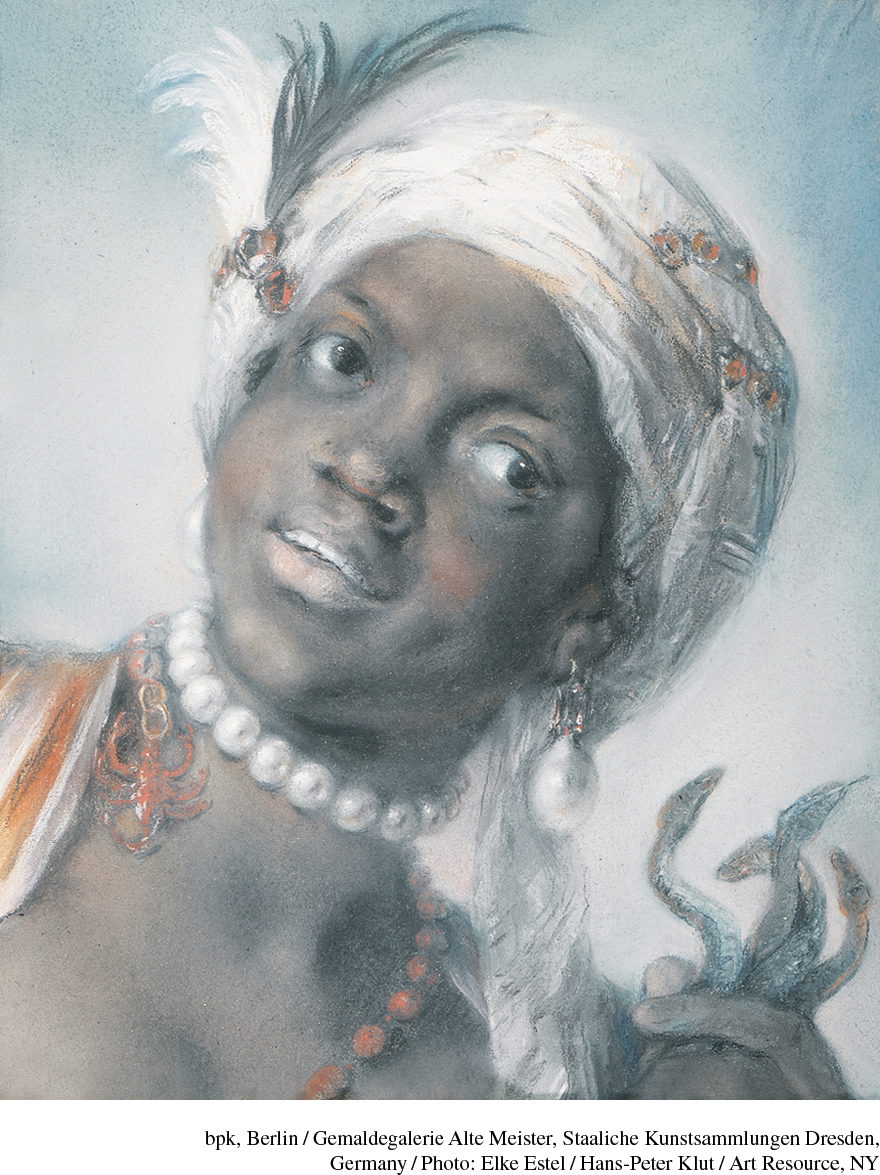The Birth of Consumer Society
The Birth of Consumer Society

As worldwide colonization produced new supplies of goods, from coffee to calico, population growth in Europe fueled demand for them. Beginning in Britain, then in France and the Italian states, and finally in eastern Europe, population surged, growing by about 20 percent between 1700 and 1750. The gap between a fast-growing northwest and a more stagnant south and central Europe now diminished as regions that had lost population during the seventeenth-century downturn recovered. Cities, in particular, grew. Between 1600 and 1750, Paris’s population more than doubled and London’s more than tripled.
Although contemporaries could not have realized it then, this was the start of the modern population explosion. It appears that a decline in the death rate, rather than a rise in the birthrate, explains the turnaround. Three main factors contributed to increased longevity: better weather and hence more bountiful harvests, improved agricultural techniques, and the plague’s disappearance after 1720.
By the early eighteenth century, the effects of economic expansion and population growth brought about a consumer revolution. For example, at Nantes, the center of the French sugar trade, imports quadrupled between 1698 and 1733. Tea, chocolate, and coffee became virtual necessities. In 1700, England had two thousand coffeehouses; by 1740, every English country town had at least two. Paris got its first cafés at the end of the seventeenth century, and Berlin opened its first coffeehouse in 1714.
A new economic dynamic steadily took shape that has influenced all of subsequent history. More and more people escaped the confines of a subsistence economy, in which peasants produced barely enough to support themselves from year to year. As ordinary people gained more disposable income, demand for nonessential consumer goods rose. These included not only the new colonial products such as coffee and tea but also tables, chairs, sheets, chamber pots, lamps, and mirrors—and for the better off still, coffee- and teapots, china, cutlery, chests of drawers, desks, clocks, and pictures for the walls.
Rising demand created more jobs and more income and yet more purchasing power in a mutually reinforcing cycle. In the English economic literature of the 1690s and early 1700s, writers reacted to these developments by expressing a new view of humans as consuming animals with boundless appetites. Change did not occur all at once, however. The consumer revolution spread from the cities to the countryside, from England to the continent, and from western Europe to eastern Europe only over the long run. (See “Contrasting Views: The Consumer Revolution.”)
REVIEW QUESTION How was consumerism related to slavery in the early eighteenth century?
Europe was not the only region experiencing such changes. China’s population grew even faster—it may have tripled during the 1700s—and there, too, consumption of cloth, furniture, tea, sugar, and tobacco all increased. In China, these goods could be locally produced, and China did not pursue colonization of far-flung lands. Still, foreign trade also increased, especially with lands on China’s borders.